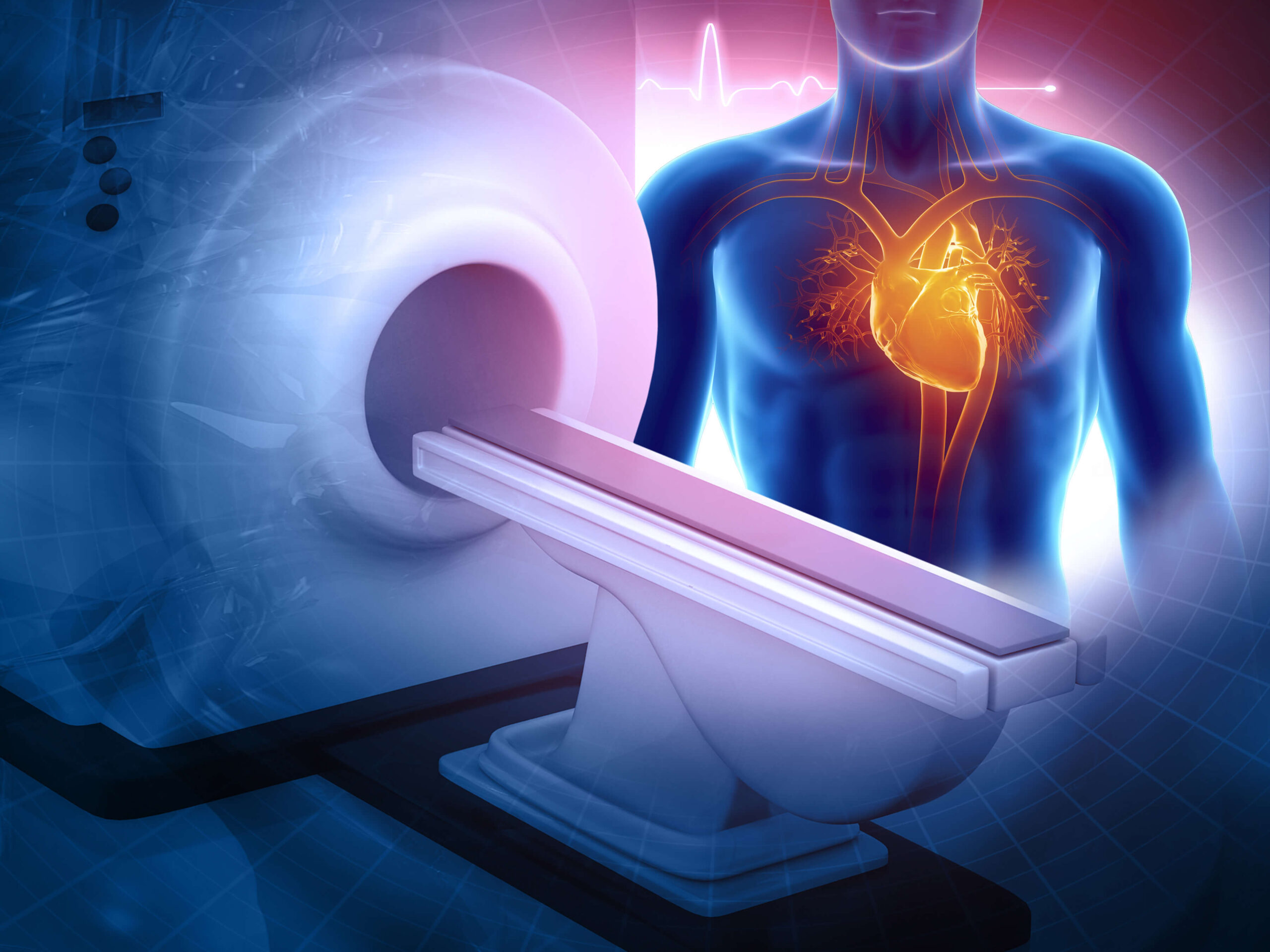
Patient’s Guide to Looking at an X-ray

Almost everyone who has ever had an x-ray, or who has seen a show where a doctor slaps the x-ray film into the lighted box, has wondered how to read the image. Reading an x-ray may be easier than you think.
X-rays use electromagnetic rays, which are a type of radiation. An x-ray machine emits these rays, which pass through the human body to reach an x-ray detector on the other side of the person. The x-ray detector absorbs the electromagnetic rays to create an image. X-rays pass directly through the human body, but bones and tissue slow down or block the electromagnetic rays, interrupting the x-ray’s path to the detector. The interruption of the x-rays creates “shadows,” resulting light and dark areas on the image.
If x-rays pass all the way through your body uninterrupted, the image would turn out completely black. If something blocked the electromagnetic rays completely, the image would be all white.
Organs and tissue interrupt the electromagnetic rays by absorbing radiation as the x-ray passes through the body. Based on their density, different tissues absorb different amounts of radiation. Denser tissue, such as bone, absorbs more x-rays than does watery tissue. The calcium in your bones absorbs the most x-rays, for example, so bones will look quite white in an x-ray image. Fat and other soft tissues absorb less, so they look gray. Air absorbs the least amount of radiation, so lungs look to be almost black.
Looking at Specific X-ray Images
Chest x-rays
While many people associate the use of x-rays with broken bones, chest x-rays are the most commonly performed x-ray, according to RadiologyInfo.org. Chest x-rays, also known as chest radiographs, produces images of the heart, lungs, airways, blood vessels, ribs, and other bones of the chest and spine. Chest radiographs are helpful in the diagnosis of pneumonia, lung cancer, heart failure and other heart problems.
A typical chest x-ray shows your lungs, ribs, heart and diaphragm. The ribs show up as bright white, the lungs are large black areas on the left and right of the image, the heart is a gray area that appears in the black space represented by the right lung, and the diaphragm is a gray area at the bottom of the image. Very dark black areas could indicate significant excess gas, while white spots could indicate an abnormal growth.
Fractures
Since bones show up as white areas on an x-ray and air appears black, an x-ray of a broken bone will be mostly white with a sharp black line running the length of the fracture. Hairline fractures will show up as a thin black line, whereas a large fracture will show a lot of black space between the white bones.
In some cases, swelling holds the pieces of the broken bones so close together so that fracture does not show up; the fracture may appear in x-rays taken after the swelling goes down.
Mammograms
Mammograms also use x-rays to detect breast cancer. Normal fatty tissue in a healthy breast is a relatively dark gray with some white areas. Dense breast tissue, including structures such as ducts and lobes, are a bit whiter. Connective tissue and glands also appear white. Tumors are typically much denser than healthy breast tissue, so they show up white.
Mammograms vary widely, even among women with healthy breast tissue, so it takes a great deal of experience to read mammogram x-rays. Many women have dense breast tissue, for example, so white areas on a mammogram do not always indicate cancer. Dense breast tissue can also make it more difficult see tumors.
Any metal in the body, such as metal components used in joint replacements, shows up as pure white on x-rays. This is because metal absorbs nearly all of the radiation. Other foreign objects, such as pacemakers, defibrillators, leads and wires, also show up on an x-ray.
When reading an x-ray, a radiologist will look at the density, or the amount of black and white in the image. The radiologist will also look at the x-ray margins, which means he or she will determine if the bones and organs are of a certain size and shape; abnormal margins could mean the presence of a growth.
X-rays of an area may look different, depending on the angle at which they were taken. Most chest x-rays are taken with a posteroanterior (PA) chest view, in which the x-rays penetrate through back of the patient onto the film. In some cases, the doctor orders anteroposterior (AP) x-rays that pass through the body from front to back. In lateral x-rays, the electromagnetic waves enter on the right or left side of the body.
For more information about understanding what you see on an x-ray, speak to your doctor or radiologist.







